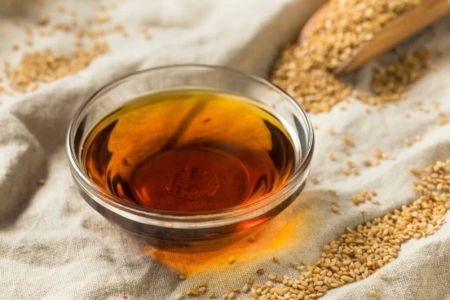How to Make Chinese Kung Pao Chicken at Home
As someone who loves to cook and has a deep appreciation for Chinese cuisine, Kung Pao Chicken is a dish that I often crave. It's one of the most popular Chinese takeout dishes, known for its combination of savory, sweet, and spicy flavors. But did you know you can recreate this flavorful dish at home with a few simple ingredients? I’m going to guide you through the steps to make your own delicious Kung Pao Chicken.
The History Behind Kung Pao Chicken
Kung Pao Chicken, or "Gong Bao Ji Ding" (宫保鸡丁) in Chinese, has a rich history dating back to the Qing Dynasty. Legend has it that the dish was named after a nobleman, Ding Baozhen, who was a governor of Sichuan province. The dish was created in his honor and quickly became a favorite in Chinese cuisine, known for its bold flavors and crunchy texture from roasted peanuts. It has since become a staple in both Chinese and Western restaurants alike.
Key Ingredients for Kung Pao Chicken
One of the best things about making Kung Pao Chicken at home is that you control the ingredients, ensuring a fresh and authentic experience. Here’s what you’ll need:
- Chicken breast or thighs – boneless and cut into bite-sized cubes.
- Dry roasted peanuts – these provide the signature crunch in the dish.
- Red bell pepper, onion, and green onions – for color and texture.
- Garlic and ginger – essential for that bold, fragrant base flavor.
- Sichuan peppercorns – these are key to achieving the authentic numbing, tingling sensation that defines this dish.
- Dried red chilies – for the spice factor!
- Soy sauce, rice vinegar, sugar, and hoisin sauce – these will create the perfect balance of salty, sweet, and tangy flavors.
Before you start cooking, make sure all your ingredients are prepped and ready to go. This dish comes together quickly, so it's important to have everything lined up.
Step-by-Step Kung Pao Chicken Recipe
Now that we have our ingredients, let’s get cooking! Here’s how to make the perfect Kung Pao Chicken at home.
1. Prepare the Marinade
The first step is marinating the chicken. In a bowl, combine the chicken cubes with a tablespoon of soy sauce, a teaspoon of cornstarch, and a pinch of salt. Mix it all together and let it sit for about 15 minutes. This helps tenderize the chicken and gives it a nice texture once cooked.
2. Make the Sauce
While the chicken is marinating, it’s time to prepare the sauce. In a separate bowl, mix together 3 tablespoons of soy sauce, 1 tablespoon of hoisin sauce, 2 teaspoons of rice vinegar, 1 teaspoon of sugar, and a little water (about 2 tablespoons). Stir until the sugar dissolves, and set it aside. This is the base for that deliciously tangy sauce that ties everything together.
3. Stir-fry the Chicken
Heat a wok or large skillet over medium-high heat, and add a little vegetable oil. Once the oil is hot, add the marinated chicken and stir-fry for about 5-7 minutes, until the chicken is cooked through and slightly browned. Remove the chicken from the pan and set it aside.
4. Cook the Aromatics and Peppers
In the same pan, add a little more oil if needed. Add the Sichuan peppercorns and dried red chilies. Stir them around for about 30 seconds until fragrant. Then, add the garlic, ginger, and chopped vegetables (red bell pepper, onion, and green onions). Stir-fry for another 3 minutes, until the vegetables are slightly tender but still crisp.
5. Combine the Chicken and Sauce
Now that your vegetables and aromatics are ready, it’s time to add the chicken back into the pan. Pour the prepared sauce over the chicken and veggies, stirring to coat everything evenly. Let it simmer for a couple of minutes, allowing the sauce to thicken and coat the chicken.
6. Add the Peanuts
The final touch is to toss in the roasted peanuts. These will add the signature crunch and rich flavor to the dish. Stir everything together for about a minute, then remove from heat.
Serving Your Kung Pao Chicken
Once your Kung Pao Chicken is cooked, it’s time to serve! I like to serve it over a bed of steamed white rice or fried rice. The rice helps absorb all the delicious sauce, making each bite even more satisfying. Don’t forget to garnish with a few extra chopped green onions for that fresh, vibrant finish.
Tips for the Best Kung Pao Chicken
- Use fresh ingredients: The flavor of fresh garlic, ginger, and vegetables really makes a difference in the final dish.
- Adjust the spice level: If you love spice, feel free to increase the amount of dried chilies or add a splash of chili oil for extra heat.
- Get the right pan: A wok is the best choice because it distributes heat evenly and allows you to cook the chicken and vegetables quickly, creating that perfect stir-fry texture.
- Balance the flavors: The key to great Kung Pao Chicken is balancing the salty, sweet, sour, and spicy flavors. Feel free to adjust the sauce ingredients to suit your taste.
Why Make Kung Pao Chicken at Home?
Making Kung Pao Chicken at home not only allows you to enjoy a healthier version of this restaurant favorite, but it also gives you the opportunity to customize the dish to your liking. Whether you prefer more spice, less sugar, or a different protein like shrimp or tofu, cooking at home gives you total control over the flavors. Plus, there's something incredibly satisfying about recreating a beloved dish in your own kitchen!
My Kung Pao Chicken Experience
The first time I made Kung Pao Chicken at home was a total revelation. I had always ordered it at Chinese restaurants, but there’s something about preparing it yourself that makes the dish even more special. The first bite I took was a perfect blend of crispy chicken, crunchy peanuts, and spicy heat — all balanced with the rich, savory sauce. My friends who tried it were just as impressed, and I knew then that I had found a recipe that would become a regular in my cooking repertoire.


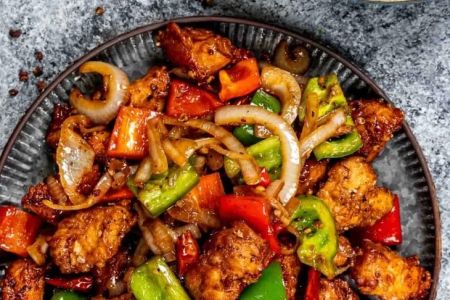
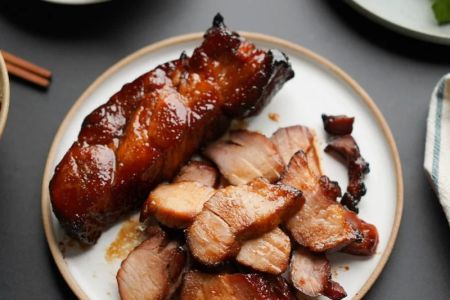
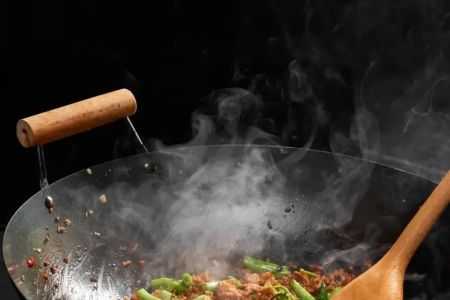
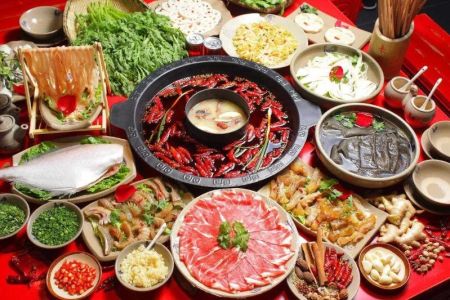
![Top Chinese Restaurants for Authentic Cantonese Cuisine in [Your City]](https://img.gochinarose.com/d33/2507/4157910400_450x300.webp)
